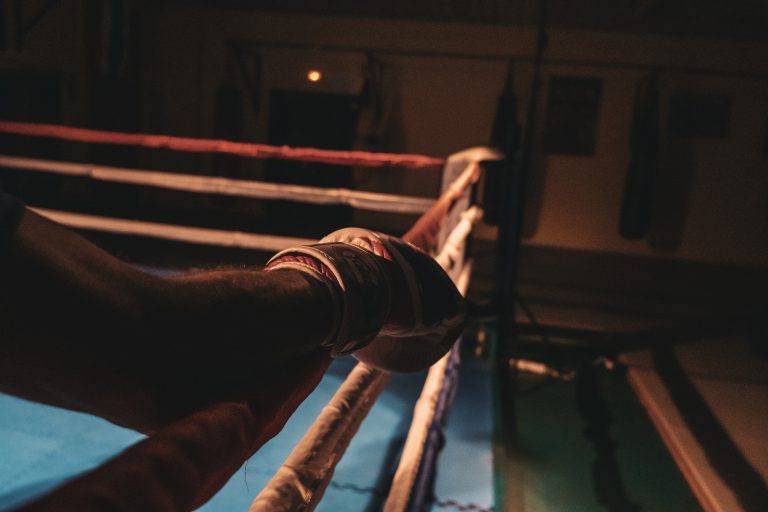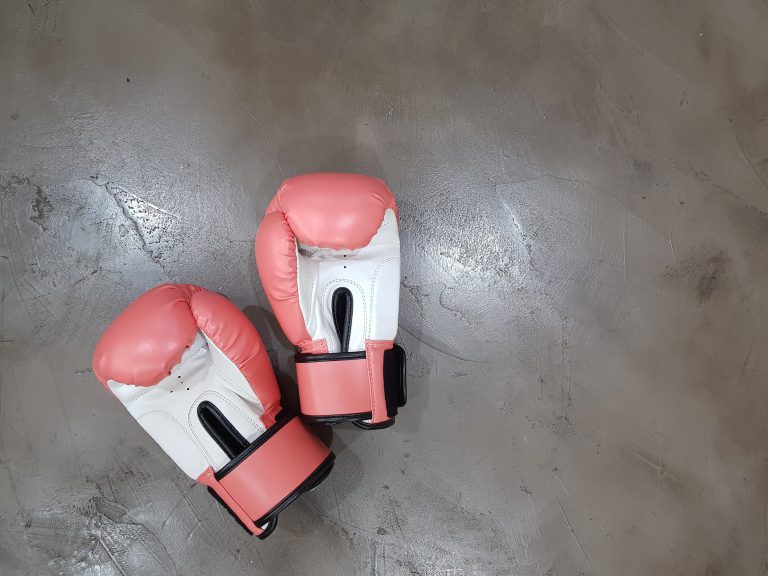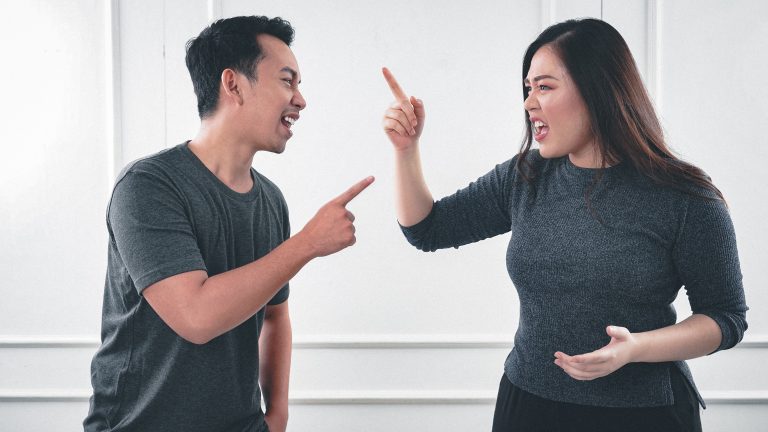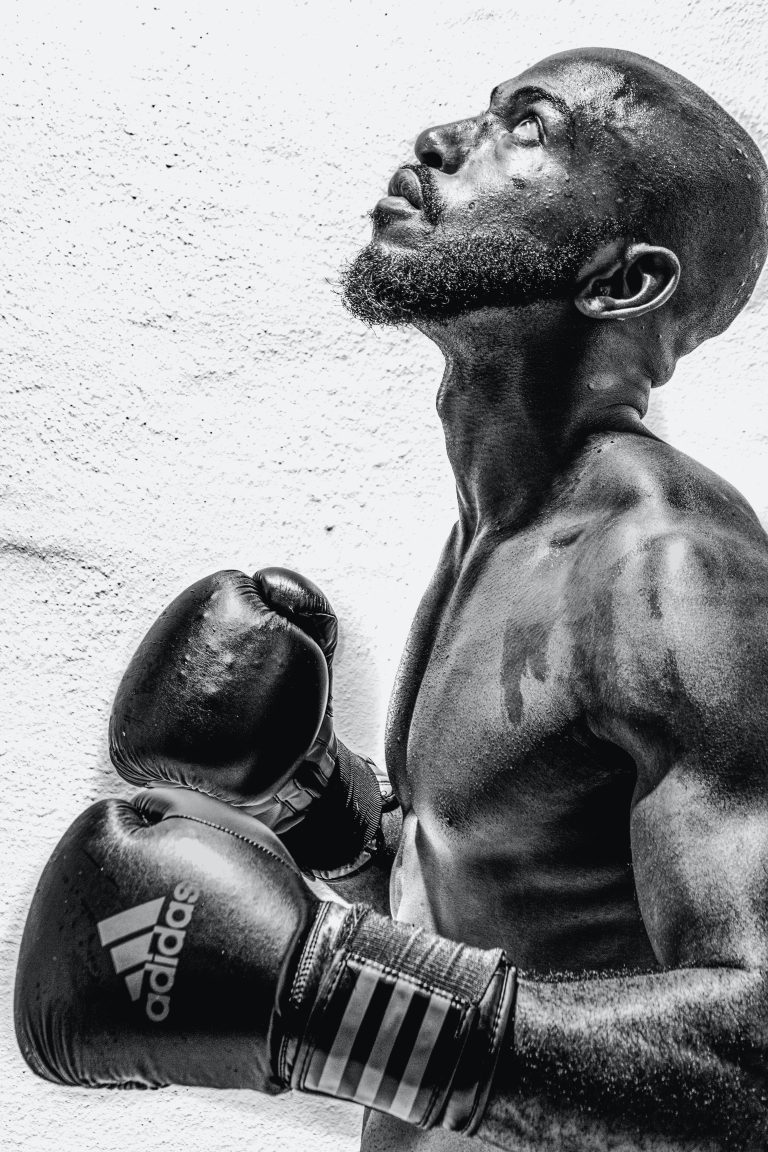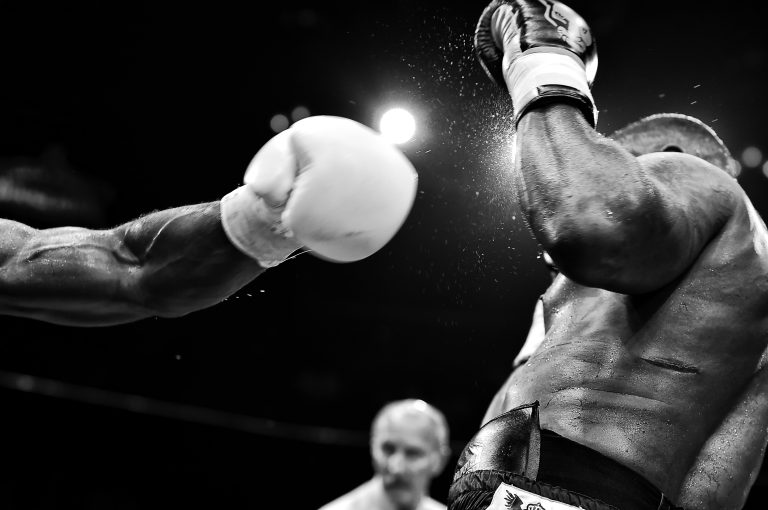Karate Techniques for Advanced: From Ura Mawashi Geri to Gyaku Tsuki
Karate is an ancient martial art that dates back to the Ryukyu Kingdom in the early 19th century. It’s a martial art that focuses on striking techniques, including punching, kicking, elbow strikes, knee strikes, and open-hand techniques. Karate techniques are divided into three categories: basic, intermediate, and advanced.
In this article, we’ll be discussing some advanced karate techniques, including ura mawashi geri and gyaku tsuki.
Ura Mawashi Geri
Ura mawashi geri is a spinning back kick that’s executed by pivoting on the ball of the foot and using the heel to strike the opponent. It’s a powerful technique that’s used to target an opponent’s ribs or head.
To perform an ura mawashi geri, follow these steps:
1. Start in a fighting stance with your left foot forward.
2. Pivot on the ball of the left foot and rotate your body 180 degrees to the right.
3. As you rotate, lift your left leg and bend your knee so that your foot is behind you.
4. Extend your left leg out and strike your opponent with your heel.
5. Return to your starting position.
Ura mawashi geri requires a lot of balance and control, so it’s essential to practice slowly and with a partner to improve your technique.
Gyaku Tsuki
Gyaku tsuki is a reverse punch that’s executed with the opposite hand of the forward foot. It’s a powerful technique that’s used to target an opponent’s chin or solar plexus.
To perform a gyaku tsuki, follow these steps:
1. Start in a fighting stance with your left foot forward.
2. As you step forward with your right foot, twist your hips to the left and punch with your right hand.
3. Your right shoulder should be behind your left shoulder as you punch.
4. Recoil your arm and return to your starting position.
Gyaku tsuki is a fundamental karate technique, and it’s essential to practice it with both speed and power to improve your technique.
Conclusion
Karate is a martial art with a vast range of techniques that are divided into three categories: basic, intermediate, and advanced. Ura mawashi geri and gyaku tsuki are two advanced techniques that require a lot of practice and patience to master. As with any martial art, it’s crucial to practice with a partner and under the guidance of an experienced instructor to improve your technique and ensure your safety.
Karate Techniques for Advanced: From Ura Mawashi Geri to Gyaku Tsuki
Karate is a martial art with roots in ancient Japanese and Chinese martial arts. It focuses on using the body as a weapon, combining strikes, kicks, and blocks for self-defense or competition. Karate techniques can be learned by anyone, regardless of age, gender, or physical ability.
In this post, we will discuss some of the most frequently asked questions about advanced karate techniques, from Ura Mawashi Geri to Gyaku Tsuki.
What is Ura Mawashi Geri?
Ura Mawashi Geri is a high-level karate technique that involves a spinning kick. It is also known as a Reverse Roundhouse Kick. It is executed by stepping forward with one foot and pivoting on the other foot. As you pivot, you kick with the back leg, aiming for the opponent’s head.
This technique requires a lot of practice to master. It is designed to take your opponent by surprise and to knock them out or render them unable to fight back. Ura Mawashi Geri can be used as a counter-attack after blocking your opponent’s fist or leg strike.
What is Gyaku Tsuki?
Gyaku Tsuki, is a technique that is commonly known as a reverse punch. It is an essential karate technique used to counterattack your opponent. It involves punching with the opposite hand that is further back. For instance, if you are standing with your left foot in front, you will punch with your right hand.
This technique is a powerful strike that can cause significant damage to your opponent. To execute a Gyaku Tsuki, you need to have proper stance, body movement, and arm positioning. Consistent practice is necessary to develop the proper technique and to deliver a strong and accurate punch.
What is Kumite?
Kumite is a form of sparring or practice fighting in karate. It is a training method used to develop and improve your techniques and skills by sparring with your partner or opponent. Kumite is a vital aspect of karate training, as it teaches you how to apply your techniques in real-life situations.
There are different levels of Kumite, from basic one-step sparring to full-contact fighting. The goal of Kumite is not to hurt your opponent but to practice executing your techniques and to develop control and timing.
What is Kata?
Kata is a formal series of movements or techniques that are used for practicing and memorizing karate techniques. It involves a pre-arranged sequence of movements, blocks, strikes, and kicks.
Kata is not only a training method but also a way to preserve the traditional art of karate. Each Kata has its unique sequence and application, which may represent a battle or defense scenario. There are many different Kata in karate, and they vary by style and rank.
What is a Dojo?
Dojo is a Japanese term used to refer to a training hall or practice room for martial arts. It is a place where learners practice their techniques, and instructors teach and share their knowledge.
A Dojo is an essential component of karate training. It provides a safe and supportive environment for learners to develop their skills and learn from experienced instructors. The Dojo also embodies the values of discipline, respect, and humility, which are integral to karate practice.
Conclusion
Karate is a martial art that requires a lot of dedication and practice to master. Advanced karate techniques such as Ura Mawashi Geri and Gyaku Tsuki are powerful tools that can be used for self-defense or competition. Kumite and Kata are important training methods that allow learners to improve their skills and develop control and timing. The Dojo is a sacred place where learners and instructors can come together to share their passion for the art and to learn from one another. By consistently practicing and improving your techniques, you can become a skilled and confident practitioner of the art of karate.
Inhaltsverzeichnis

